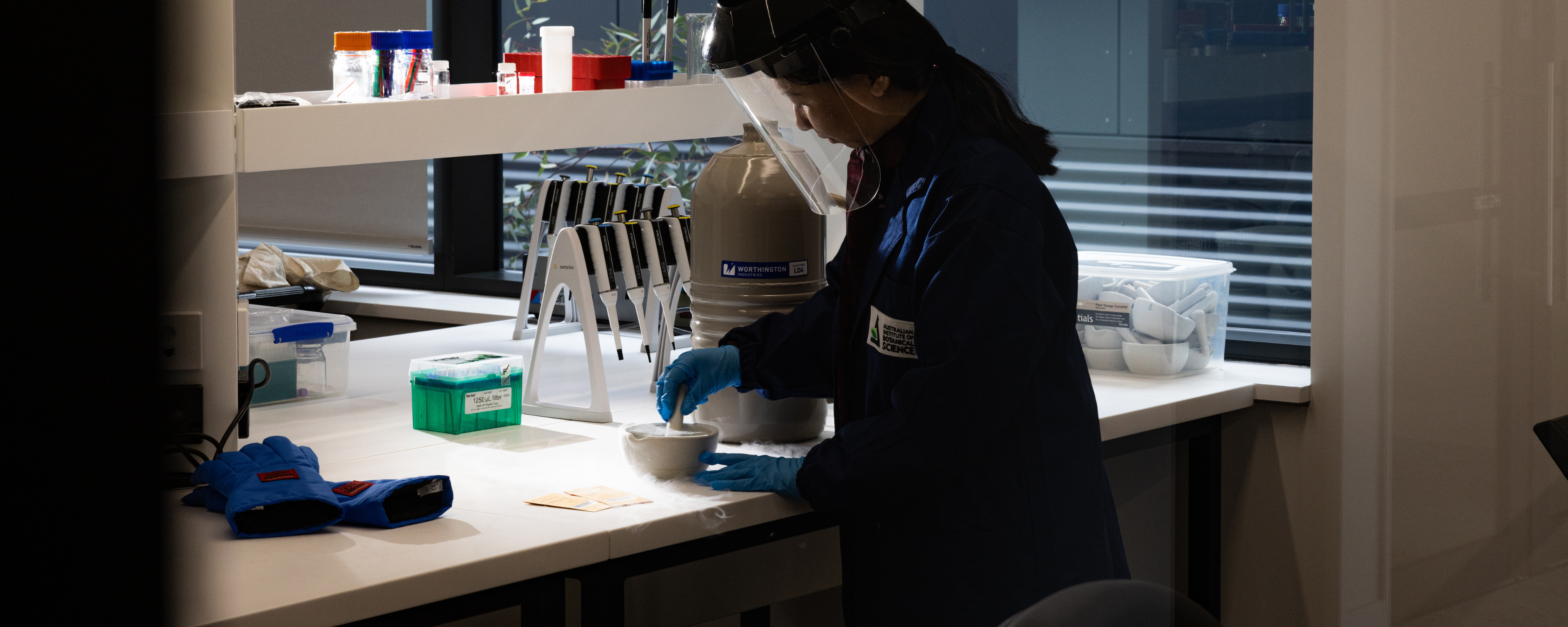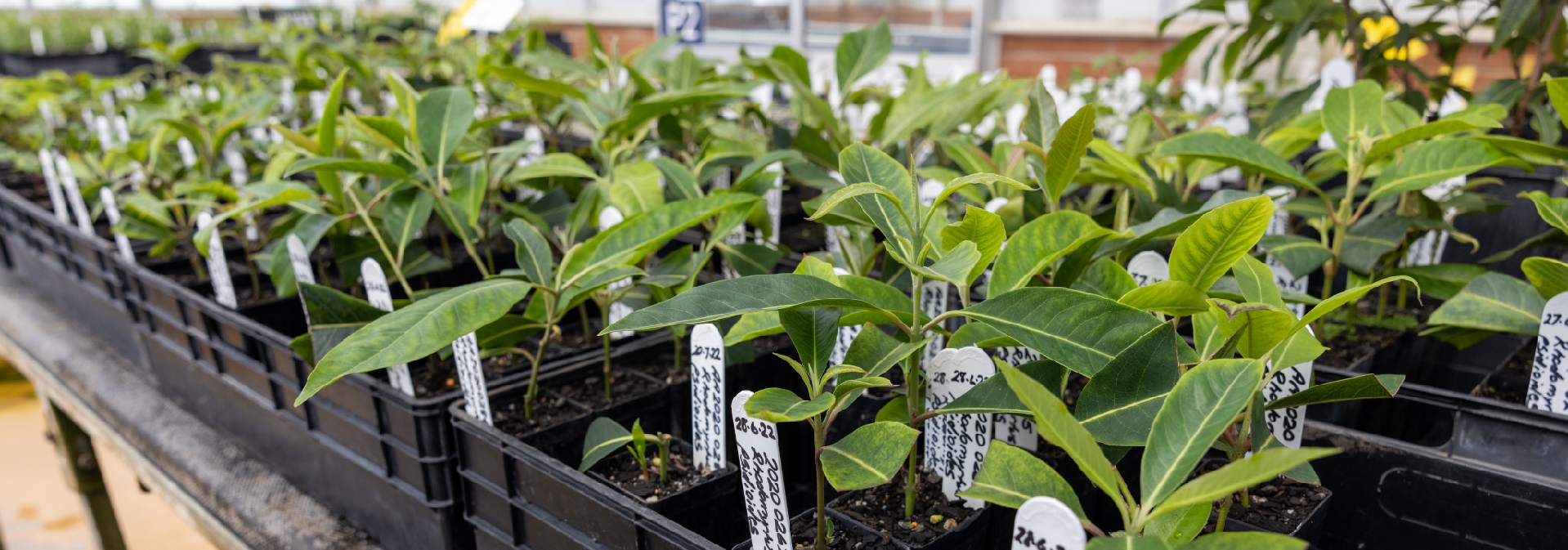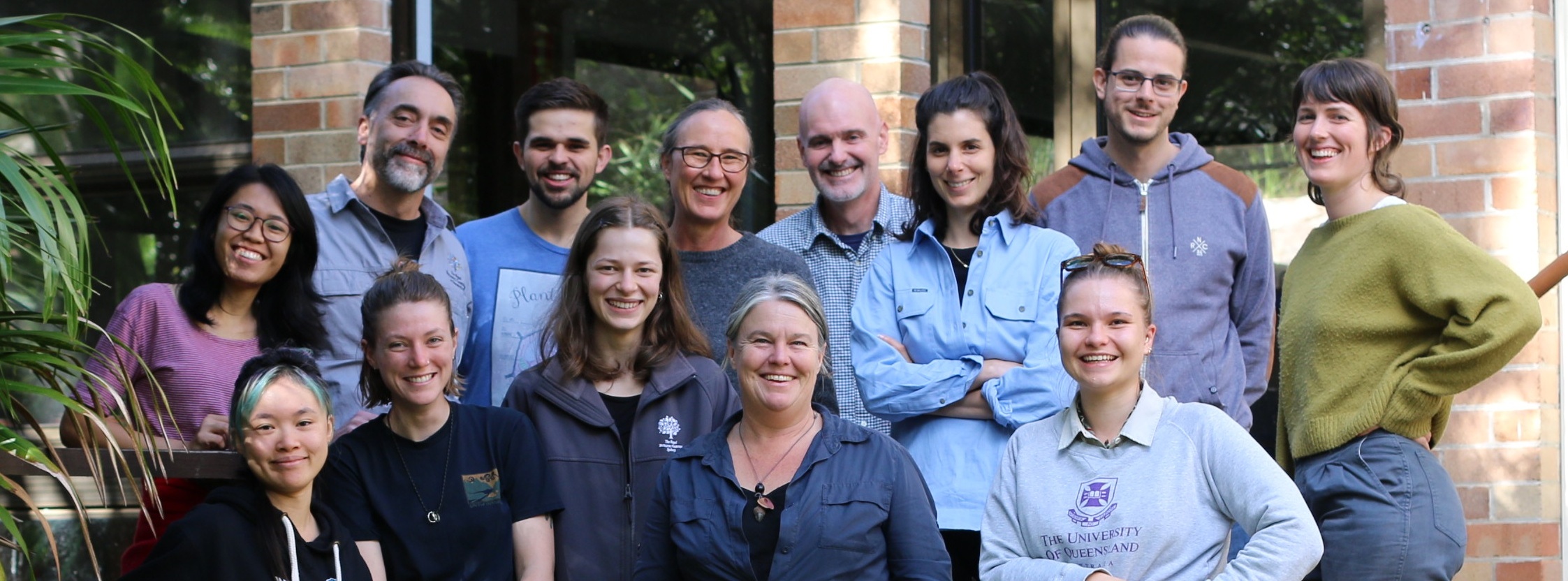The ReCER team gathered at the Crommelin Field Station at Pearl Beach in May to ponder how to ensure our research continues to best inform the restoration and conservation of resilient ecosystems.
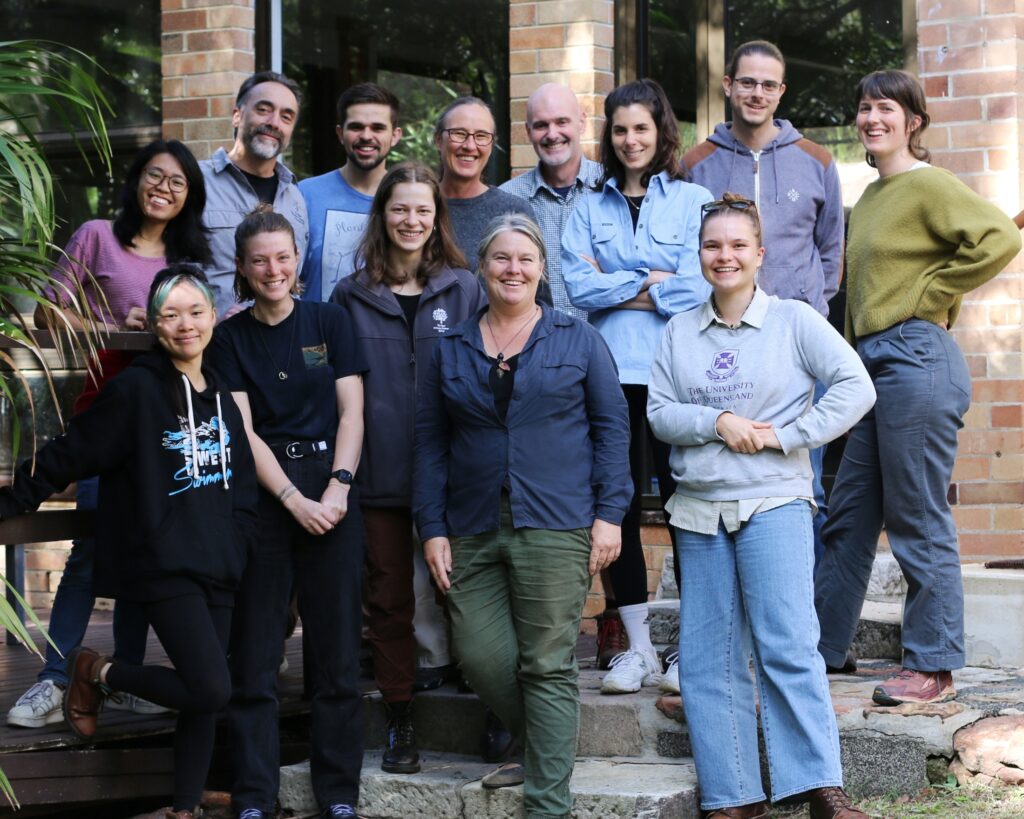
What can we do for genetics?
Maurizio Rossetto launched the retreat by suggesting the team “ask not what genetics can do for you, but what you can do for genetics”.
He was referring to our ongoing development of genomic workflow processes (or Knowledge Infrastructure, as Maurizio likes to call it). These innovative workflows have helped to shift genomics into a new phase where it is feasible to collect useful genomic information for a vast number of plant species of interest to threatened flora conservation practitioners and ecological restoration practitioners. We’ve moved beyond collecting genomic information species-by-species and now work on thousands of samples for tens of species at a time across regions (e.g. Big Scrub Rainforest Conservancy Science Saving Rainforests) and ecological communities (e.g. Cumberland Plain Woodland).
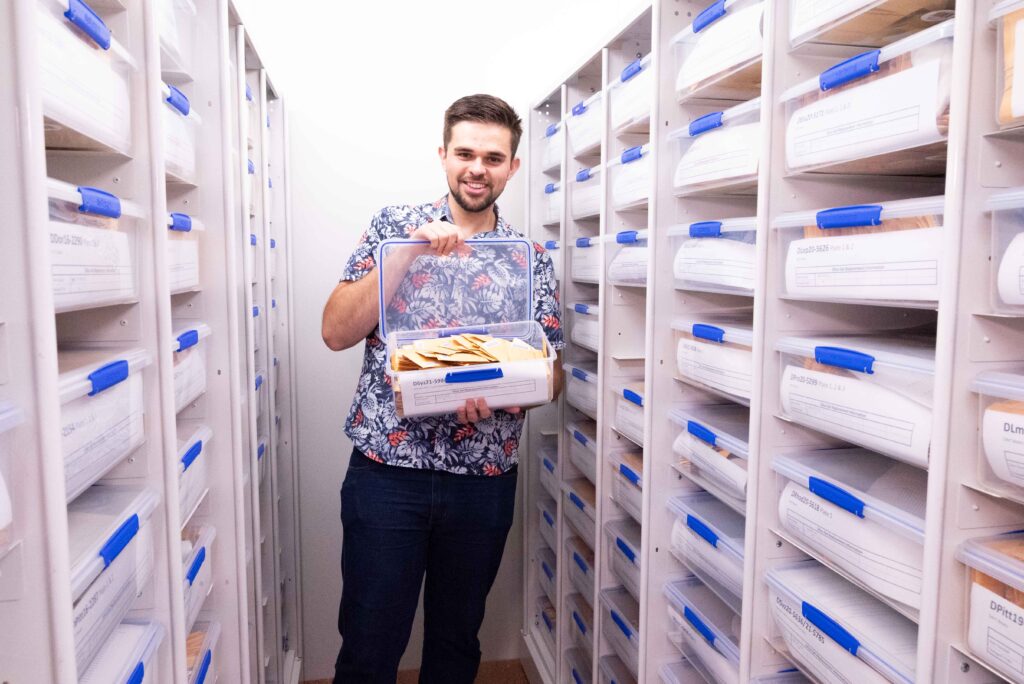
Relevant workflow research papers:
- Applying simple genomic workflows to optimise practical plant translocation outcomes. Plant Ecology (2023)
- A conservation genomics workflow to guide practical management actions. Global Ecology and Conservation (2021)
- Restore and Renew: a genomics-era framework for species provenance delimitation. Restoration Ecology (2019)
Genomic tools
Jason Bragg next gave an overview of the techniques used by ReCER and reviewed their suitability for restoration genomics, conservation genomics, phylogeography and phylogenetics. He then outlined some of the opportunities offered by other methods as they become more cost-effective (e.g., short and long read whole genome resequencing) and some of the challenges associated with data management and analyses of large, multispecies workflows.
Examples of application of whole genome resequencing:
- We’ve unveiled the waratah’s genetic secrets, helping preserve this Australian icon for the future. The Conversation (2022)
- Chromosome-level de novo genome assembly of Telopea speciosissima (New South Wales waratah) using long-reads, linked-reads and Hi-C. Molecular Ecology Resources (2022)
- Whole genome resequencing: Conservation genomics of Syzygium paniculatum Part II: evolutionary history and taxonomic implications. Unpublished report for the Saving our Species program.
Designing representative seedbanks and seed production areas
Using genomic research to help guide the establishment and maintenance of seedbanks and seed production areas (SPAs) was the next topic covered. Marlien van der Merwe outlined how genetic provenance information, like that provided by Restore and Renew, can be used to establish and monitor genetically representative seedbanks and SPAs and ultimately help increase the availability of appropriate provenance seed for native vegetation restoration.
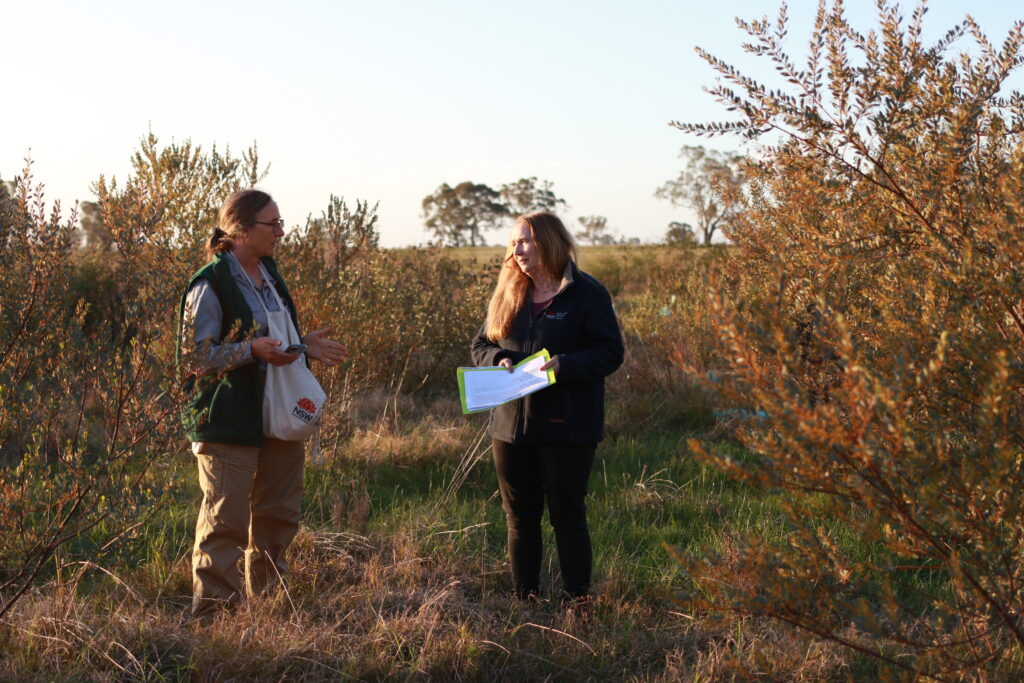
Relevant research papers:
- Capturing Genetic Diversity in Seed Collections: An Empirical Study of Two Congeners with Contrasting Mating Systems. Plants (2023)
- Plant collections for conservation and restoration: Can they be adapted and adaptable? Molecular Ecology Resources (2022)
- Conserving the genetic diversity of condemned populations: Optimizing collections and translocation. Evolutionary applications (2021)
And so much more…
Other topics covered over the two-day retreat included: how to inform policy and guidelines, and how we can better pitch our research outcomes to practitioners.
The retreat was followed by a field trip where new staff practiced using the AIBS Field collection app, a key component of ReCER’s genomic workflow process, that enables the team to process thousands of samples each month
When evolutionary ecologists go on retreat. Topics of conversation at the #ReCER 2023 team retreat: #genomictools, SPA design #conservationgenomics #restorationgenomics & #SciComm
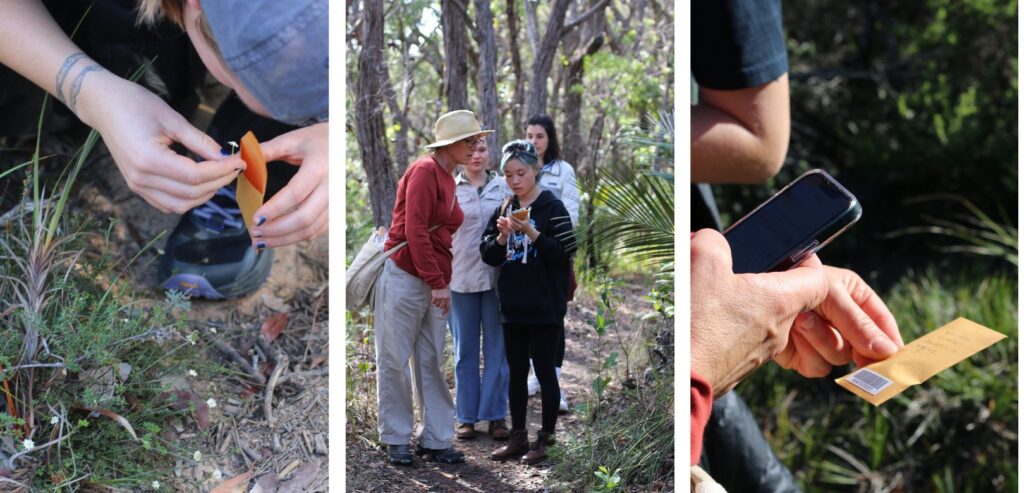
Tricia Hogbin
Restoration Genomics Outreach Coordinator

